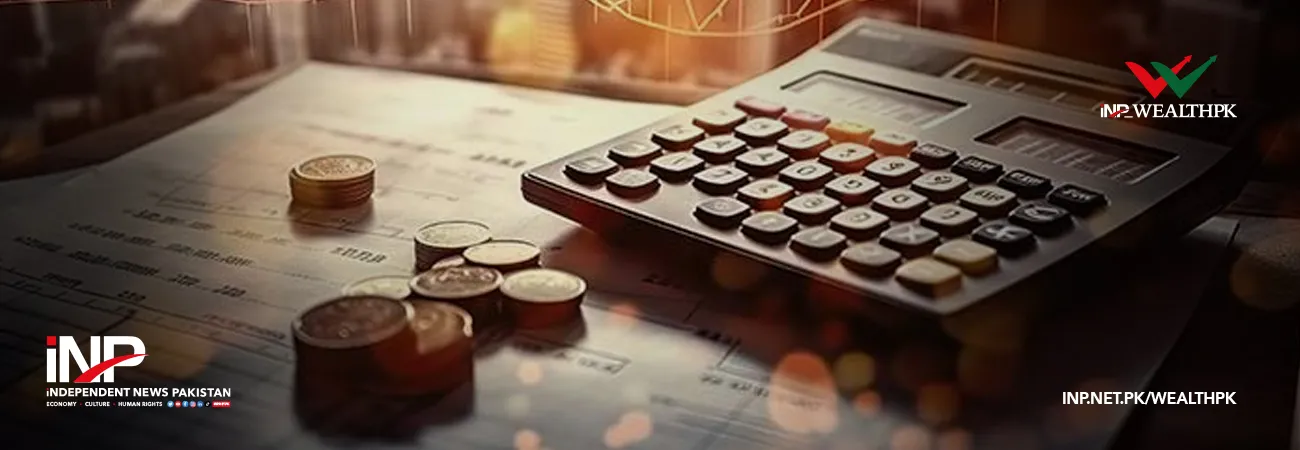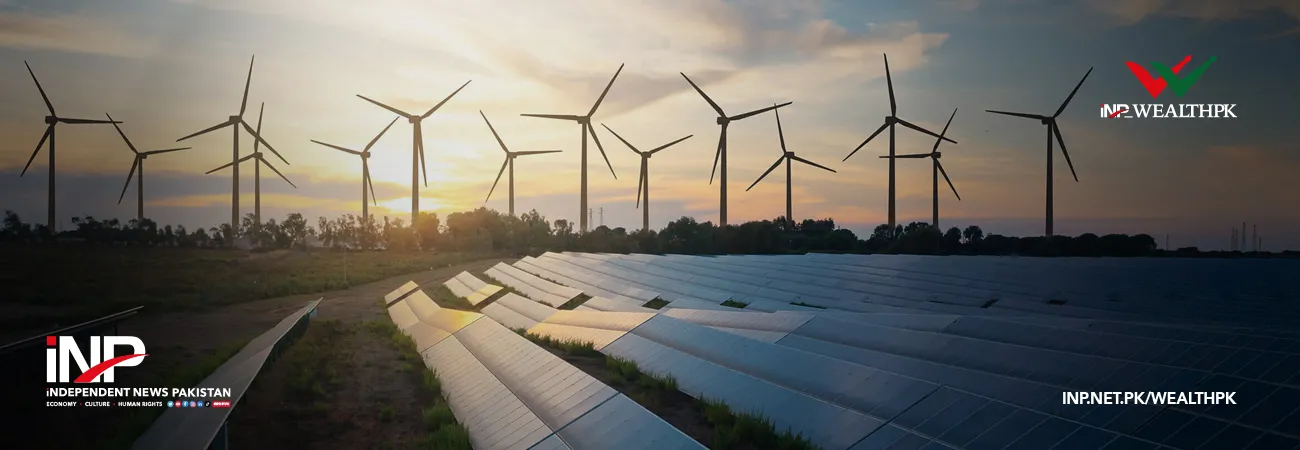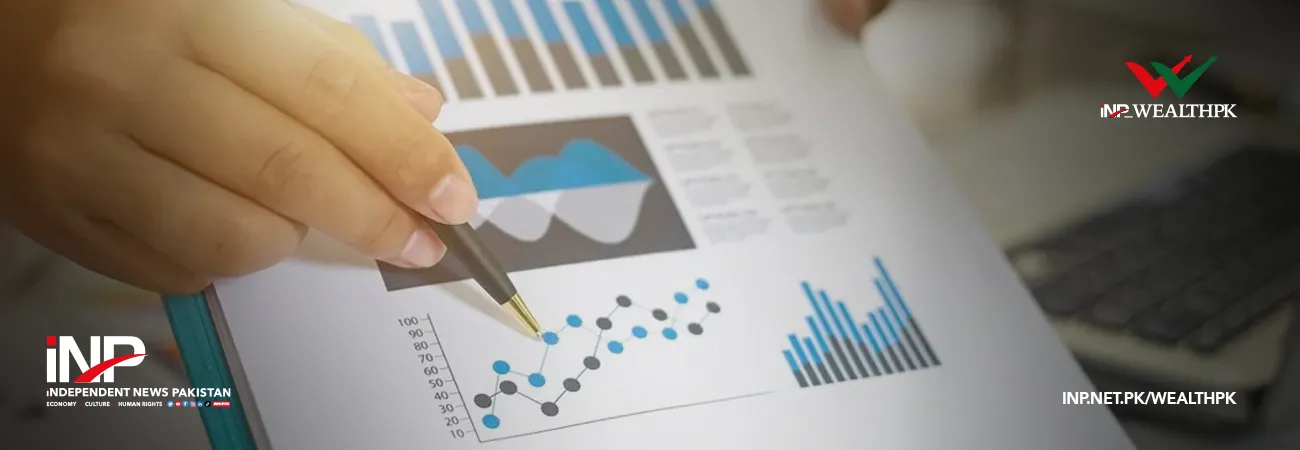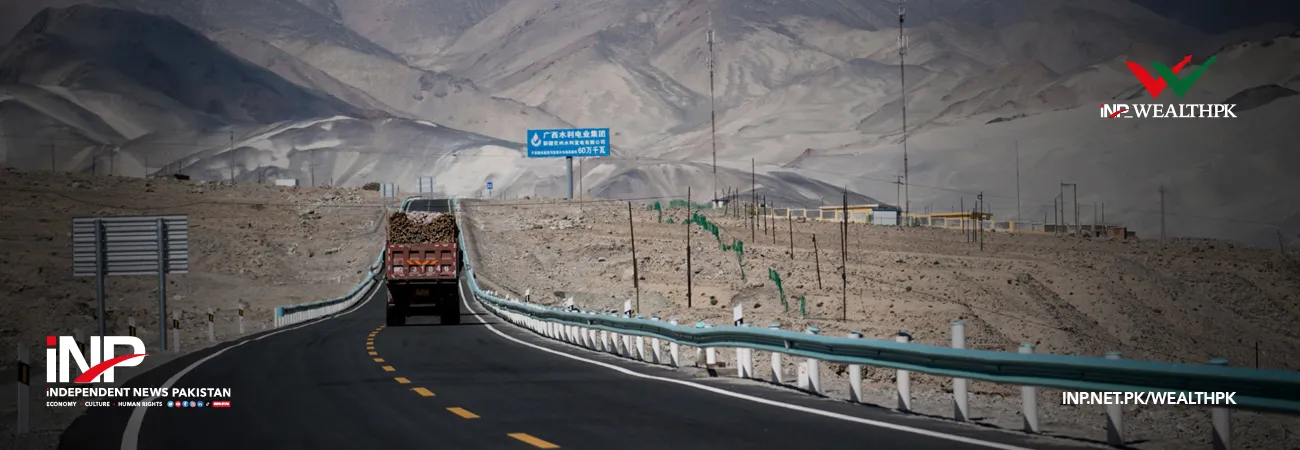آئی این پی ویلتھ پی کے
Qudsia Bano
Pakistan’s economy grew by 2.68% in FY2025, supported by improved macroeconomic fundamentals, disciplined fiscal management, and a more stable external sector, reports WealthPK.

The Ministry of Finance, in its June 2025 Economic Update and Outlook, said the country has laid the groundwork for economic stability through coordinated reforms and strengthened investor sentiment. One of the most notable indicators of progress is the current account surplus of $1.81 billion, which marks a sharp reversal from the deficit recorded last year.
This shift is attributed to higher remittances, improved exports, and better control over non-essential imports. The primary fiscal surplus reached 3.2% of GDP during July–April FY2025, and the overall fiscal deficit narrowed significantly compared to the previous fiscal year. Additionally, inflation cooled to below 4% in June, providing relief to consumers and adding space for policy flexibility.
While analysts have acknowledged recent gains, they stress that sustained progress depends on the effective implementation of reforms. Wahab Khan, Manager at Al-Habib Asset Management, notes that the turnaround in macroeconomic indicators has helped restore confidence in the financial markets. “The investor sentiment is definitely improving, as reflected in the stock market performance and increased interest in government securities.
However, sustainability will depend on whether structural reforms, particularly in the energy sector and taxation, are pursued without political interruptions,” he said. The government revenue has also seen a significant boost, driven by a 25.9% increase in tax collection and a sharp rise in non-tax revenue. Development spending grew by over 40% during the first 10 months of FY2025, while the current expenditures remained under check.
This pattern suggests a shift toward more productive use of public funds, which experts say is crucial for long-term growth. The private sector credit also picked up, reaching Rs831.8 billion during July–May, more than double the amount disbursed in the same period last year. This signals rising business confidence and a gradual recovery in manufacturing and services. Kiran Rasheed, Director at the Indus Motor Company, pointed out that certain sectors are beginning to rebound, but warned against complacency.
“Demand in the auto and cement sectors is returning, which is a good sign for industrial output. But regulatory clarity and energy pricing reforms are essential for capacity expansion and investment planning,” she said. Kiran also highlighted the need for targeted support to the export-oriented industries to sustain external account stability.
On the agricultural front, improved credit flows and higher input availability have supported seasonal crop targets, while increased imports of agricultural machinery suggest growing interest in farm modernization. Meanwhile, the stock market posted record highs, reflecting both optimism and liquidity driven by a stable monetary policy and improved economic data.
While the 2.68% GDP growth rate may appear modest, experts agree it represents a turning point for Pakistan’s economy after years of instability. The challenge ahead lies in maintaining fiscal discipline, navigating external uncertainties, and continuing to create a policy environment that supports inclusive and sustainable growth.
Credit: INP-WealthPk











